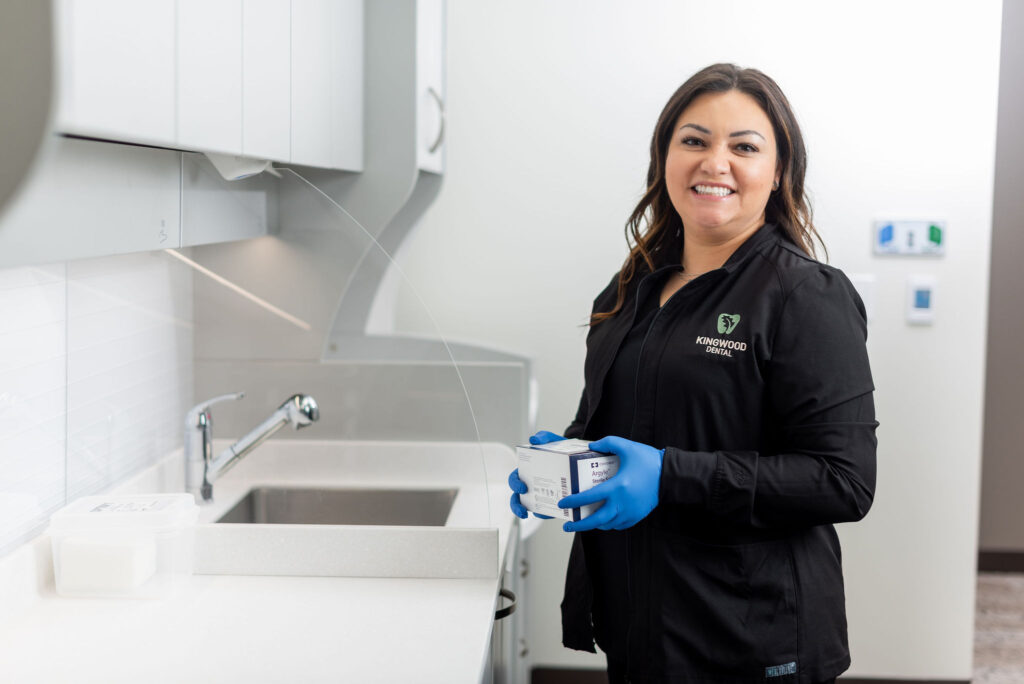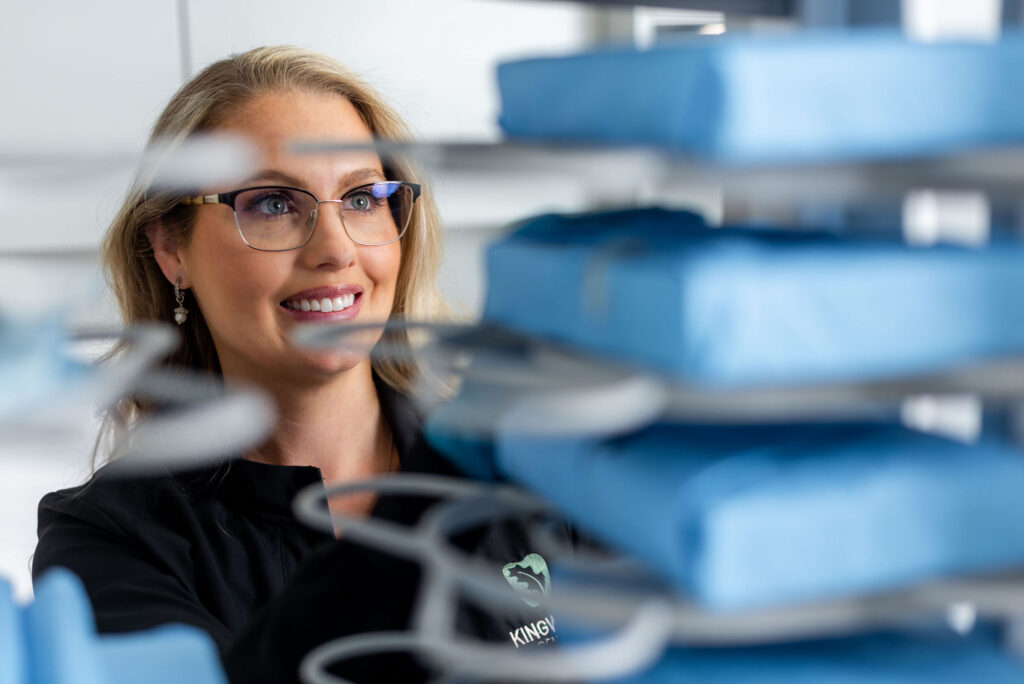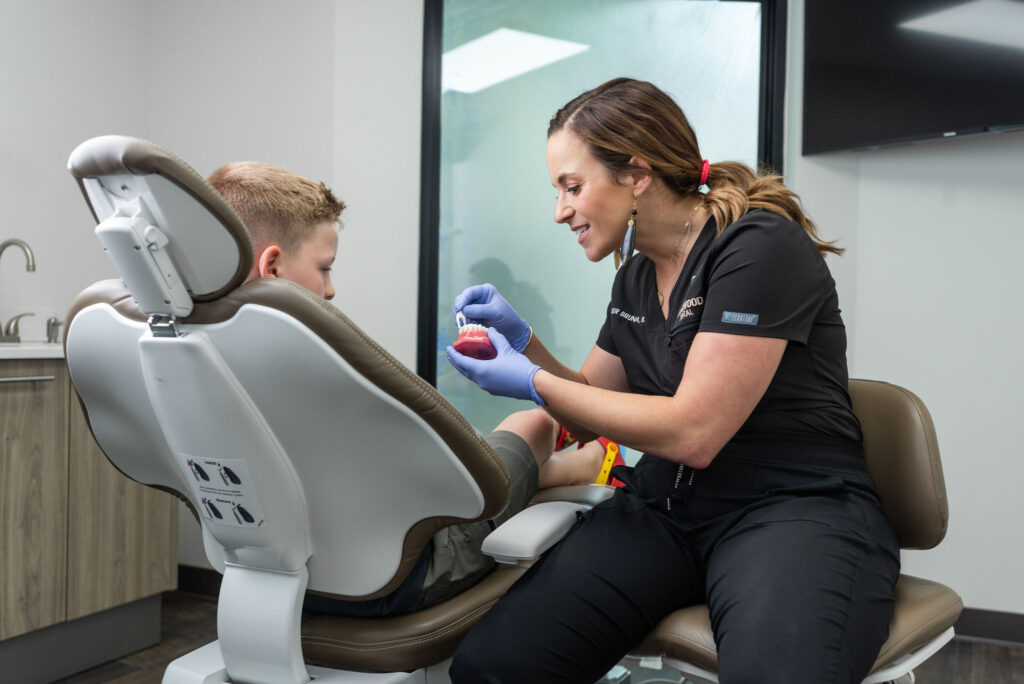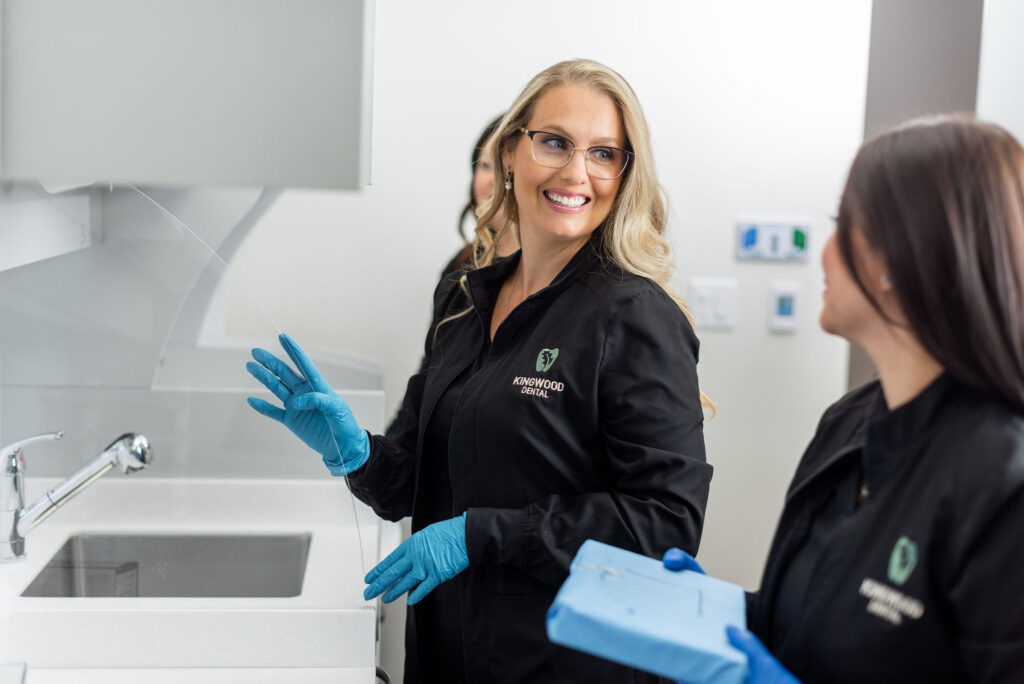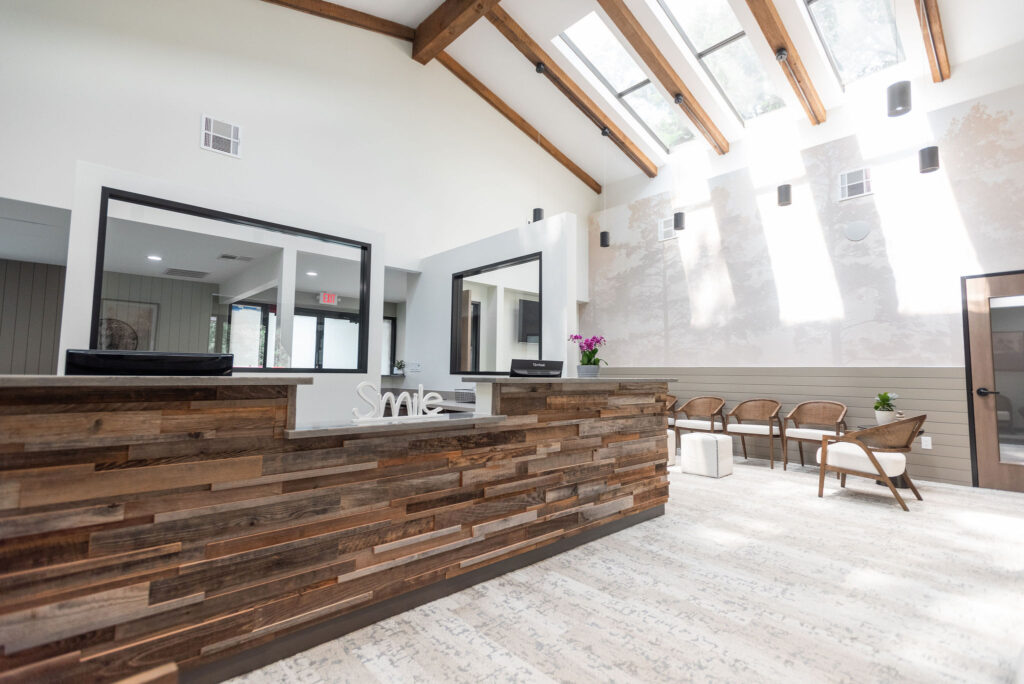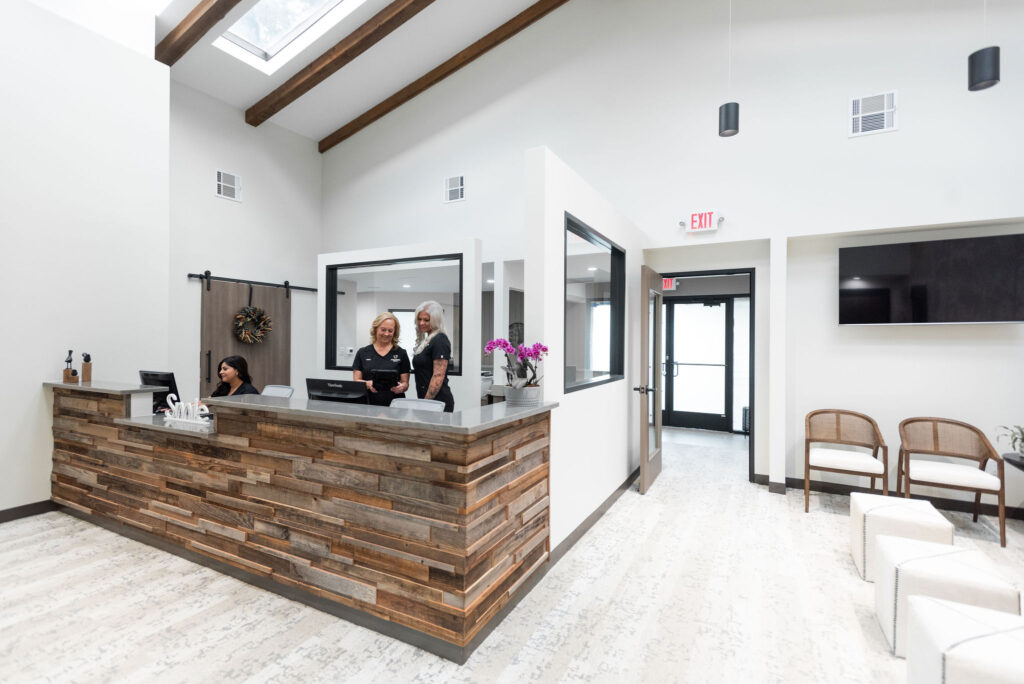Composite Veneers vs. Porcelain Veneers
Composite resin and porcelain are the most popular materials used in creating dental. Both materials can be used to successfully give you a more beautiful smile. Determining which material is right for you is based on your specific needs and priorities related to the cost, treatment time, and durability. The following article will review some of the critical differences between composite and porcelain veneers at kingwood family & Cosmetic dentistry.
Composite Veneers - Advantages
While composite veneers have numerous advantages over porcelain, the main factor is cost. Porcelain veneers are about twice as expensive compared to the composite version, a critical factor as insurance typically does not cover the treatment, and most patients pay out-of-pocket. The cost for veneers can vary based on a variety of factors; however, composites usually cost about $250 to $1,500 per tooth, and quickly adds up when you are pursuing a smile makeover.
Another advantage of composite veneers compared to porcelain is that composites can typically be created while you wait to allow you to receive same-day treatment. Direct composite veneers or composite bonding are sculpted directly on your teeth rather than offsite at a lab. The tooth-shaded resin is applied directly to the teeth where the dentist shapes and sculpts the material and is hardened from a high-intensity light. Additional layers of resin are added and sculpted, as needed to achieve the desired result. The resin is then polished for a more natural and tooth-like appearance. As a result, the composite procedure is typically less invasive and quicker compared to porcelain.
One of the most significant advantages composite veneers have over porcelain is that they are reversible. Porcelain requires the modification of your natural teeth to fit the veneer. With composites, minimal modification is required on your natural teeth, meaning that the natural tooth is not permanently altered, and composite material can be removed and replaced as needed.
Porcelain Veneers - Advantages
While composite veneers have some advantages over porcelain, they cannot compete with the durability of porcelain. Even with the recent improvements of resin materials, porcelain is much more durable than composite resin. Porcelain veneers, which are well cared for, can last 10 to 15 years. In comparison, composites typically have a lifespan of five to seven years. While composites might cost a fraction of the cost for porcelain veneers, they also last about half as long.
Most dentists consider porcelain veneers to offer the most natural and tooth-like appearance. Porcelain has a translucent quality which is most similar to the enamel of a natural tooth. Porcelain is also resistant to stains and chips because of the strength of the material and the glaze applied following treatment. Composite veneers are more porous and more susceptible to stains, which may require that you adjust your diet to avoid certain foods. In addition, composite needs to be polished to achieve a more tooth-like appearance.
Porcelain veneers can also be used to treat various cases, including worn enamel, wear and tear, genetic defects, uneven teeth, and more. Composites may not be a treatment option for severe issues. Composite may not be sufficient to treat significant discoloration or spacing issues, where porcelain may be the only option.
The best way to determine whether composite or porcelain veneers are right is to speak with your dentist. The optimal solution can differ for each patient. Composite veneers are the most cost-effective and can be the quickest solution. However, porcelain may be the best treatment for patients with a severe aesthetic concern or want the most natural and durable treatment solution without regard for the cost.
More on Dental Veneers : How Much Do Porcelain Veneers Cost?


